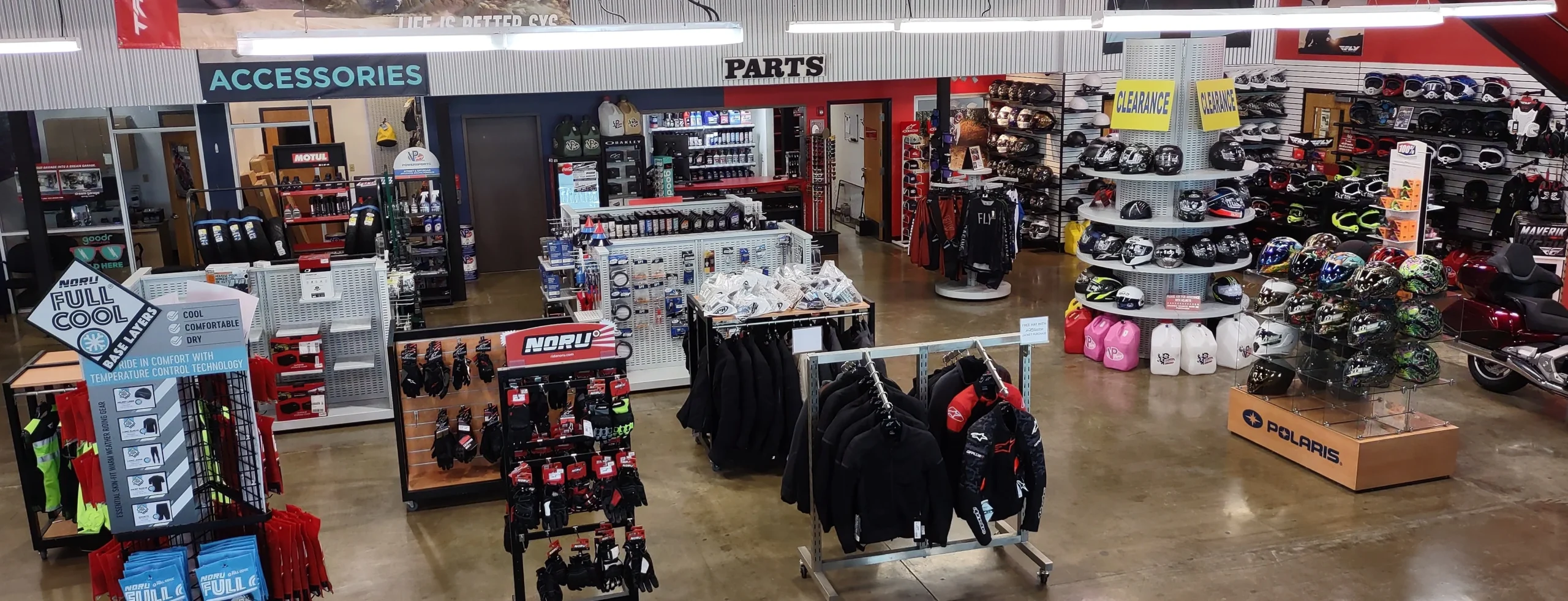Top MX Gear NZ: Get Ready for Your Next Off-Road Adventure
Top MX Gear NZ: Get Ready for Your Next Off-Road Adventure
Blog Article
Recognizing the Vital Parts of a Motorcycle: A Comprehensive Guide for Lovers
For motorbike fanatics aiming to raise their riding experience and ensure their bikes run smoothly, recognizing the necessary components of a motorbike is vital. Each element, from the engine's elaborate workings to the essential role of the stopping systems, not just influences performance yet also safety and convenience. This overview will go through the essential parts that every biker ought to know with, making it possible for educated choices in both maintenance and potential upgrades. As we start this expedition, one must ask: how does each part engage to create the seamless ride every fanatic seeks?
Engine Elements

The camshaft plays a vital function in controlling the timing of the engine's valves, ensuring the precise opening and closing essential for reliable gas and air intake, in addition to exhaust expulsion. This timing is critical to maintaining optimum engine efficiency and effectiveness. In addition, the carburetor or gas shot system, depending upon the bike design, is accountable for mixing air with fuel in the right proportion for combustion.
The cooling system, either air or liquid-based, works to maintain the engine's temperature within operational restrictions, protecting against overheating and guaranteeing long life - motorcycle parts nz. Each component, carefully designed and integrated, contributes to the seamless procedure of the engine, specifying the motorbike's power result and total performance
Transmission System
Essential to the motorcycle's capability, the transmission system makes sure reliable power transfer from the engine to the wheels. This system comprises numerous important components, consisting of the clutch, gearbox, and last drive, each playing an important duty in equating the engine's power into motion. The clutch, usually operated by a hand bar, offers to involve and disengage the engine from the transmission, enabling for smooth gear adjustments and regulated acceleration.
The gearbox, commonly described as the transmission appropriate, has a collection of gears that cyclists can manually shift via to adjust the bike's rate and torque output. These gears are organized in a series that allows the motorbike to increase efficiently and maintain ideal engine efficiency throughout various rates. A lot of motorcycles utilize a consecutive transmission, calling for the biker to move gears in a fixed order.
Braking Mechanisms
While comprehending the transmission system is crucial to harnessing a motorcycle's power, just as important is the capability to control and quit that power properly, which is where stopping mechanisms enter into play. Brakes are important for safety and security and performance, providing the biker with the essential control to browse numerous surfaces and problems. Commonly, motorbikes feature two sorts of braking systems: disc brakes and drum brakes.
Disc brakes are extra widespread in contemporary motorcycles due to their superior performance. They contain a brake disc, caliper, and pads. When activated, the caliper squeezes the brake pads against the rotating disc, converting kinetic energy right into warmth, consequently slowing the wheel. This system uses much better warm dissipation, consistent efficiency, and boosted quiting power, especially in wet conditions.
On the other hand, drum brakes, though less usual, are still found in some motorcycles. They function by pressing brake footwear versus the inner surface of a drum connected to the wheel. While typically much less reliable in warmth dissipation and stopping power, drum brakes are less complex and more cost-efficient.
Comprehending these braking systems' subtleties permits cyclists to preserve their bikes correctly and appreciate the design that makes sure reliable and secure stopping.
Suspension and Guiding
Suspension and guiding systems are important elements that substantially influence a motorbike's handling and ride comfort. The shock absorber, containing forks at the front and shock absorbers at the rear, takes in road abnormalities, boosting stability and control. Front forks, inverted or normally telescopic, compress and rebound to alleviate influences, while rear shock absorbers preserve tire call with the road, vital for grip and safety and security.
Guiding, centered around the handlebars, connects the biker to the motorcycle's directional control. The steering head bearings guarantee smooth operation, enabling exact ability to move. Correct positioning and upkeep of these bearings are crucial for foreseeable guiding response and minimizing motorcyclist fatigue.
The suspension's adjustability is another essential aspect; preload, damping, and rebound settings permit customization to match different riding problems and styles. This versatility is vital for maximizing efficiency, whether browsing metropolitan roads or taking on rugged trails. Developments like electronic shock absorber supply real-time modifications, improving trip top quality across varied surfaces.

Electric Equipments
After making sure a smooth and regulated ride with reliable suspension get redirected here and guiding systems, focus turns to the electric systems, a pivotal facet of modern-day bikes. These systems play a vital role not just in starting the engine however also in powering various elements that boost the functionality and safety of the motorbike.
At the heart of a motorcycle's electric system is the battery, which shops electric power essential for beginning the engine and powering supporting systems - motocross parts nz. The alternator or generator, coupled with the rectifier-regulator, ensures the battery stays charged while the motorbike functions, transforming mechanical power into electric power and maintaining voltage levels
The ignition system, an additional essential element, is liable for stiring up the air-fuel combination in the engine's cylinders. Modern bikes typically use a digital ignition system, offering better efficiency and dependability compared to traditional systems.
Lighting systems, consisting of headlights, tail lights, and indications, are also crucial, making certain exposure and safety for the biker. Added digital parts such as sensing units, control systems, and shows add to innovative attributes like fuel injection monitoring, anti-lock stopping systems (ABDOMINAL), and electronic control panels, better boosting the riding experience.
Conclusion
A thorough understanding of a bike's necessary elements, including the engine, transmission system, braking mechanisms, suspension, guiding, and electric systems, is crucial for lovers aiming to optimize safety and security, convenience, and efficiency. Proficiency of these components permits for informed choices regarding maintenance and upgrades, eventually enhancing the riding experience. By integrating this expertise, bikers can ensure their motorbikes operate at peak performance and dependability, therefore maximizing both pleasure and long life of their cars.
For motorbike enthusiasts looking to elevate their riding experience and ensure their bikes run efficiently, comprehending the necessary parts of a bike is critical.Essential to the bike's performance, the transmission system ensures efficient power transfer from the engine to the wheels.While understanding the transmission system is key to utilizing a motorbike's power, equally crucial is the capability to regulate and stop that power effectively, which is where braking mechanisms come into play. Usually, bikes feature 2 types go to my blog of stopping systems: disc brakes and drum brakes.
A thorough understanding of a bike's essential components, consisting of the engine, transmission system, braking systems, suspension, steering, and electric article source systems, is vital for lovers aiming to enhance comfort, performance, and safety.
Report this page